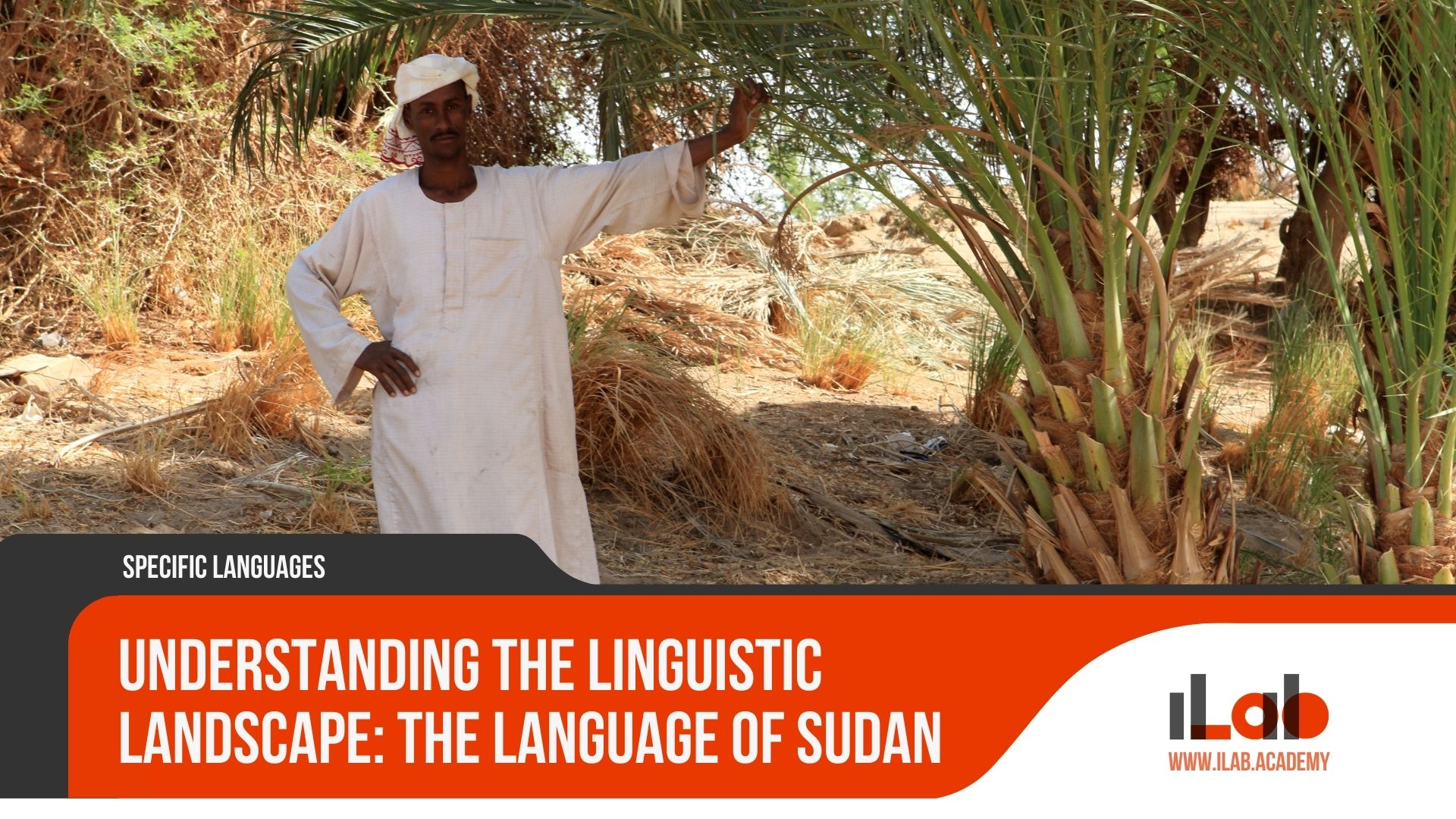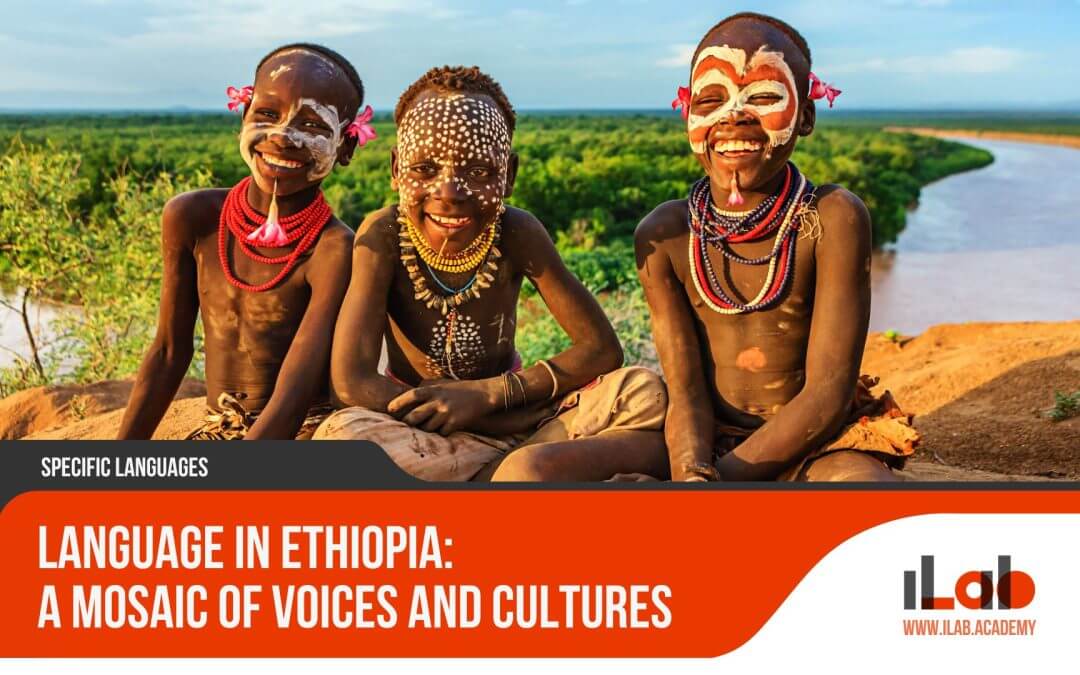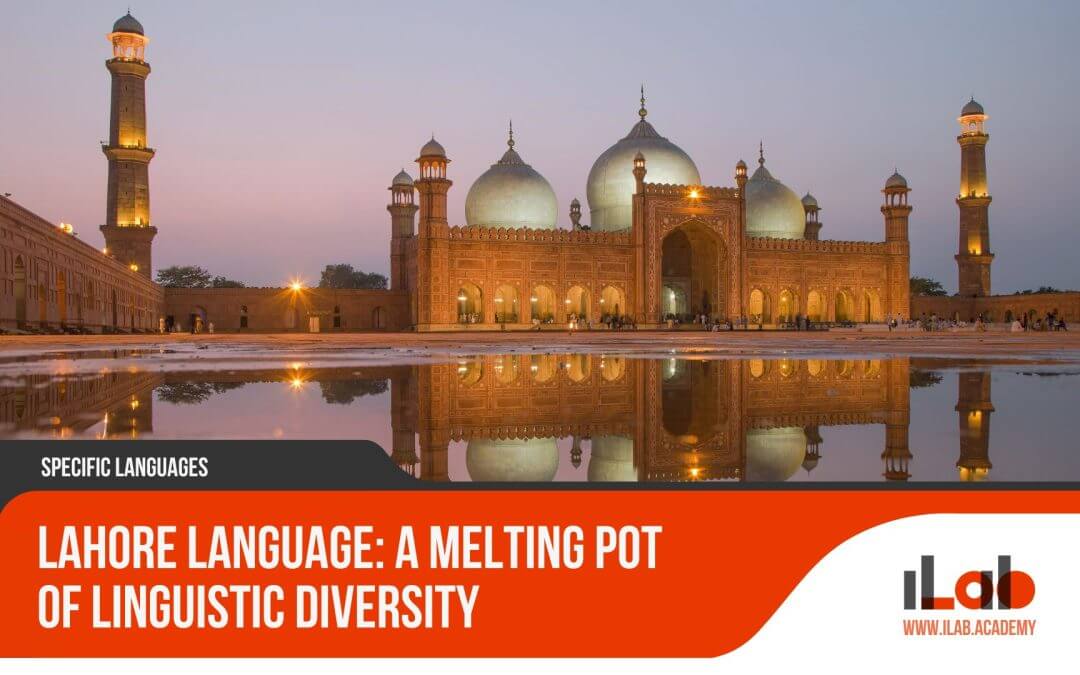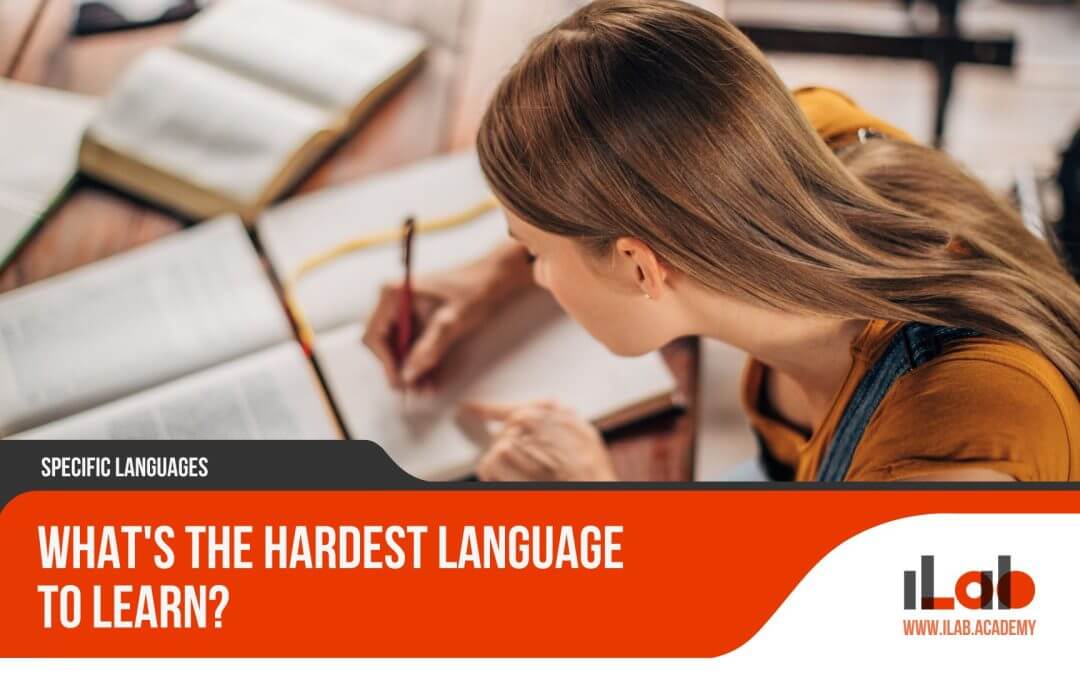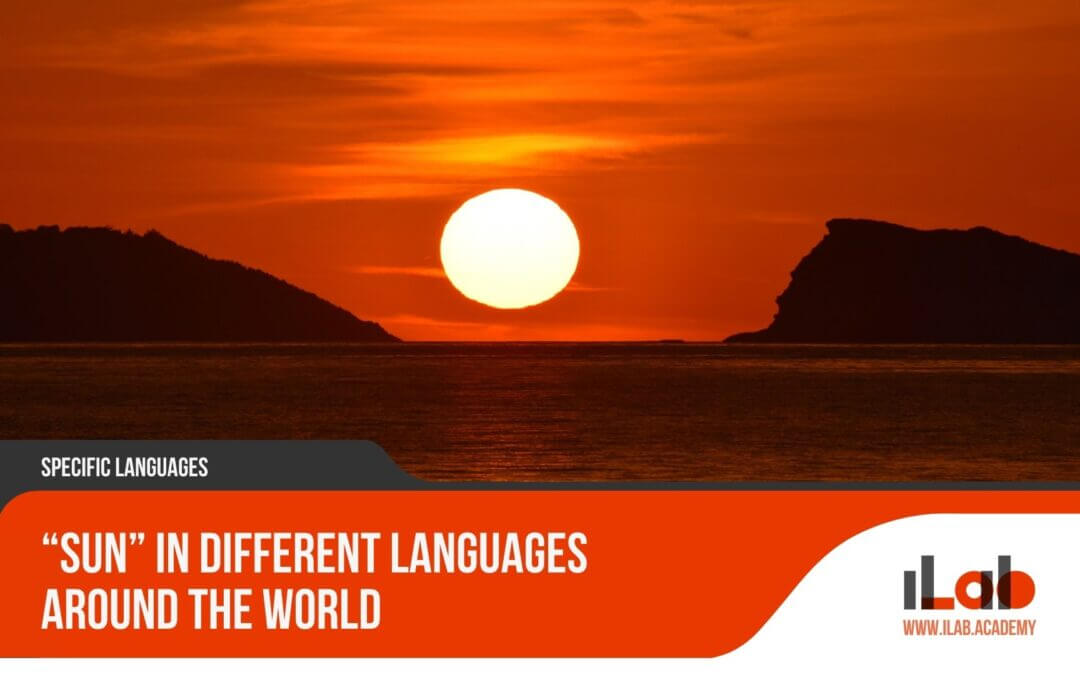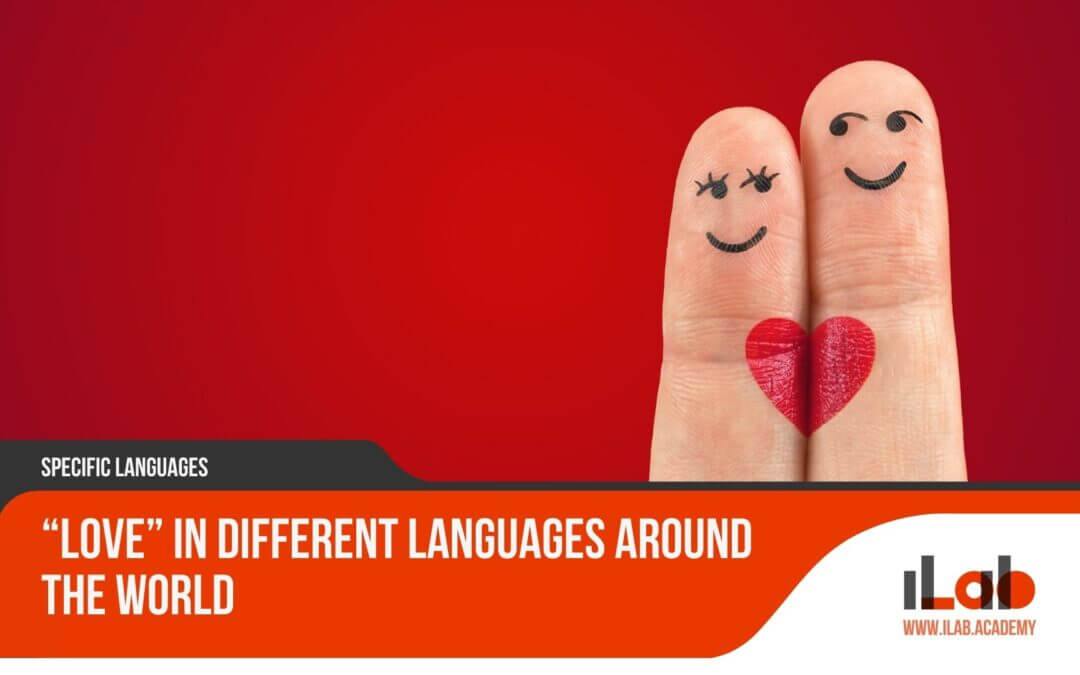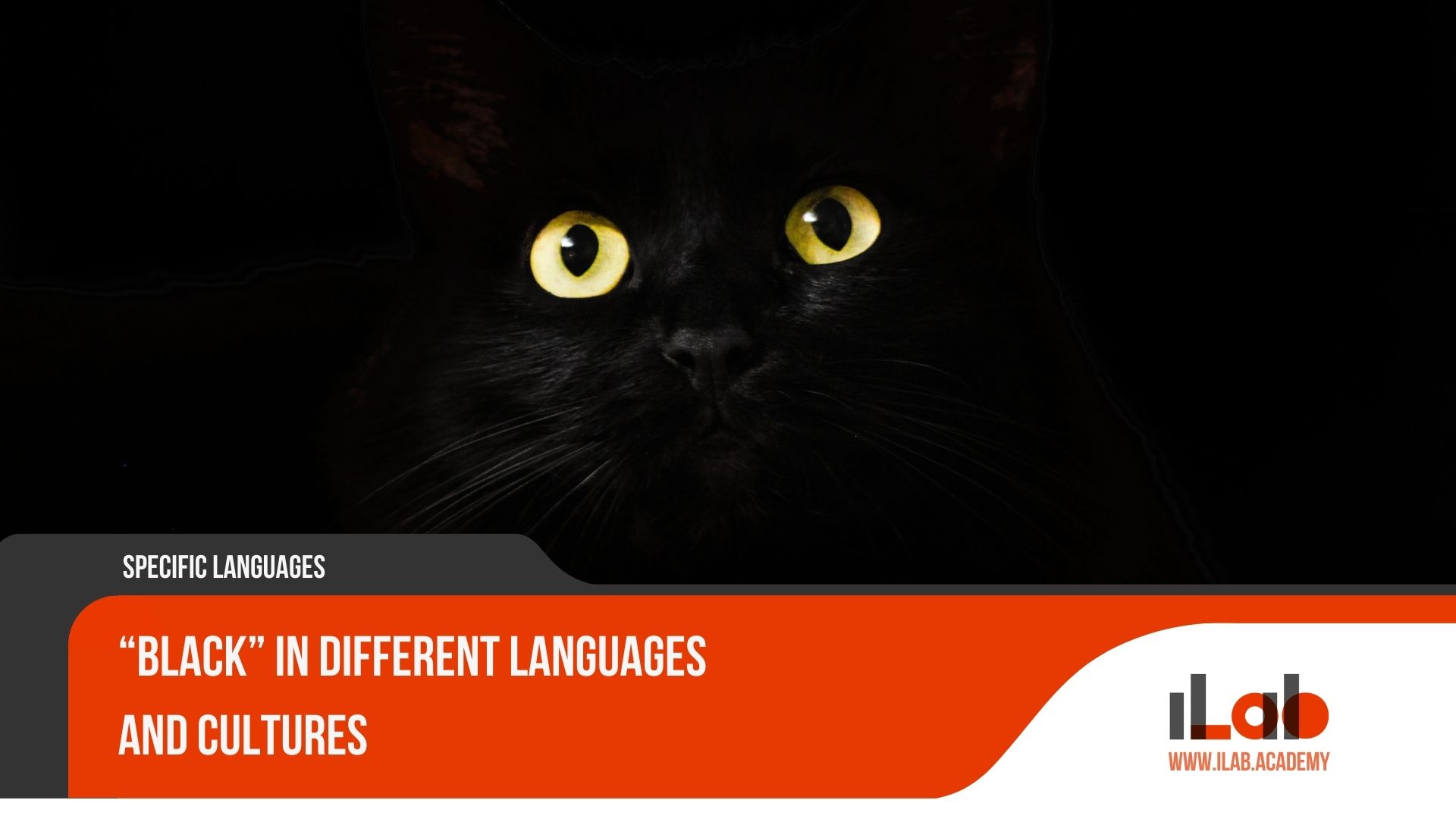Table of contents
The linguistic landscape of Sudan serves as a testament to the country’s rich and layered heritage, offering a prism through which one can examine the interplay of culture, history, and identity. Arabic may dominate the official discourse, yet a closer examination reveals a mosaic of indigenous languages, each narrating a distinct story of the Sudanese ethos. This complex linguistic web is not merely a relic of the past but continues to evolve, influenced by both the legacy of colonialism and the exigencies of present-day social and political currents. As we consider the broader implications of language use in Sudan, from its role in education and governance to its impact on social cohesion, a number of questions arise. How does language policy shape the nation’s future? In what ways do the languages of Sudan reflect broader regional and global trends? By engaging with these inquiries, one may begin to appreciate the nuanced ways in which language functions as a cornerstone of Sudanese society, and the intricate challenges it faces in an ever-changing world.
Key Takeaways
- Sudan has a diverse and complex linguistic environment, with a variety of official languages, recognized languages, and local dialects.
- Arabic plays a central role in Sudanese society, not only as an official language but also as a reflection of cultural and social nuances.
- Sudan has a rich heritage of indigenous languages that are important for the nation’s identity and should be recognized and preserved.
- The colonial legacy in Sudan has influenced the linguistic landscape, with the introduction of English and shifts in language policies and education.
Introduction to Sudan’s Multilingual Tapestry
Sudan’s linguistic landscape is a vibrant mosaic, with over 70 languages that paint a picture of the nation’s complex cultural and ethnic heritage. This multiplicity of tongues reflects a society rich in traditions and histories, each community contributing its unique linguistic threads to the national tapestry. Arabic stands as the official language, serving not only as the medium for government and education but also as the lingua franca, facilitating communication across diverse ethnic groups. Besides Modern Standard Arabic, various colloquial forms are spoken regionally, adding to the nation’s linguistic dynamism.
The recognition of Sudan’s linguistic diversity is essential to understanding its cultural depth. Local dialects and indigenous languages are the soulful expressions of the country’s roots, encapsulating ancestral knowledge and social customs. They are the living manifestations of Sudan’s historical journey, enduring amidst political changes and societal transformations. The coexistence of these languages, alongside Arabic, exemplifies the country’s multifaceted identity.
For scholars and enthusiasts striving to grasp the essence of Sudanese culture, delving into the nation’s language is pivotal. Each vernacular offers insights into the values, beliefs, and ways of life of the Sudanese people. The interplay between language and culture in Sudan is a testament to the resilience and adaptability of its communities, who have navigated the currents of history while preserving their linguistic heritage. As we explore the intricate fabric of Sudanese society, the language remains an indispensable guide to the rich tapestry of human experience etched within this land.
Arabic in Sudan: More Than Just an Official Language
While Arabic serves as Sudan’s official language, its influence extends far beyond administrative functions, permeating daily life and embodying the intricate social fabric of the nation. It is a language that resonates with the collective identity of the Sudanese people, a repository of their history, values, and aspirations. The prevalence of Arabic in Sudan is not just a reflection of governmental policy but a testament to its deep-rooted connections to various facets of daily existence.
- Cultural Resonance: Arabic is not merely a tool for communication; it is interwoven with cultural practices and traditions. Poetic expression, religious rituals, and folklore are all conveyed through the rich tapestry of Arabic, fostering a shared sense of heritage among the Sudanese populace.
- Social Fabric: The language acts as a social adhesive, bridging ethnic and regional divides. In markets, schools, and urban centers, Arabic serves as the lingua franca that facilitates interaction and trade, helping to knit together a society characterized by profound ethnic and cultural diversity.
- Emotional Connection: For many Sudanese, Arabic is the language of the home and the heart. It carries with it an emotional weight, echoing the voices of ancestors and the lullabies of childhood, forging a powerful, intimate bond with the language that transcends its official status.
The significance of Arabic in Sudan cannot be overstated. It is a vehicle for education, a medium for the arts, and a marker of identity. Understanding the role of Arabic is crucial for anyone seeking to grasp the complexities of Sudanese society and the ways in which language shapes the collective consciousness of its people.
Indigenous Languages: Voices of Sudan’s Origins
Peering into the mosaic of Sudan’s linguistic heritage, the indigenous languages stand out as pivotal bearers of the nation’s cultural and historical narratives. These tongues, woven into the very fabric of Sudan’s identity, are crucial in understanding the rich tapestry of the country’s origins. Among them, the Nubian languages, Beja, Fur, and a myriad of others, encapsulate unique traditions, beliefs, and worldviews that have been passed down through generations.
The historical importance of languages such as Nubian cannot be overstated. Once the lingua franca of ancient kingdoms, these languages have evolved but continue to be spoken in various regions, preserving a vital link to the past. Similarly, Beja, the language of the indigenous Beja people, remains a testament to their long-standing presence in the Eastern desert regions. The Fur language, spoken by the Fur people, carries the stories and customs of a group that has played a significant role in the history of the western part of Sudan.
Despite their significance, these indigenous languages face challenges to their survival. Modernization, urbanization, and the dominance of Arabic and English in official contexts have marginalized these linguistic treasures. It is imperative for their recognition and preservation to be prioritized to maintain the nation’s diverse cultural heritage.
The current status of these languages varies, with some experiencing a decline in fluency and others actively maintained within communities. Efforts to document and revitalize linguistic practices are essential in ensuring that the voices of Sudan’s origins continue to resonate. By acknowledging the intrinsic value of these indigenous languages, Sudan can celebrate and preserve the rich linguistic diversity that is intrinsic to its identity.
The Impact of Colonialism on Sudan’s Languages
As the indigenous languages of Sudan bear the imprints of a rich cultural past, the advent of British-Egyptian colonization introduced profound shifts in the nation’s linguistic trajectory, embedding English into the fabric of Sudanese society and altering language policies and educational systems. The colonial era, spanning from 1899 to 1956, not only entrenched English as a language of administration and higher education but also catalyzed a complex relationship between Sudan’s native tongues and the colonizers’ language that endures to this day.
The colonial rulers favored English for governmental and educational purposes, which had several long-lasting impacts:
- Marginalization of Indigenous Languages: The prioritization of English in formal settings relegated many of Sudan’s indigenous languages to the peripheries of societal power structures, causing a decline in their perceived value and utility.
- Educational Disparities: Access to English-language education became a marker of social status, creating an elite class fluent in English while the majority were left with limited proficiency, exacerbating socioeconomic divides.
- Cultural Displacement: The promotion of English and Arabic, at the expense of local languages, resulted in a loss of cultural heritage, as younger generations became increasingly detached from their ancestral linguistic roots.
The legacy of colonial language policies continues to influence Sudan’s linguistic landscape. While English remains important for international relations and higher education, the emotional resonance attached to native languages speaks to a deep-seated yearning for cultural recognition and autonomy. Understanding this impact is crucial for appreciating the complexities of identity, power, and expression that define the Sudanese linguistic experience.
Language as a Tool for Unity and Division
Language in Sudan serves as a double-edged sword, with the power to both bridge cultural gaps and sharpen societal divisions. As the country grapples with its complex history and diverse ethnic composition, language emerges as a central pivot around which issues of unity and disunity revolve. Arabic, as the official language, functions as a unifier, a lingua franca that enables communication across different ethnic and linguistic groups. It plays a critical role in national identity, serving as a common ground for citizens in various sectors including government, media, and education.
However, the dominance of Arabic also underscores divisions, particularly affecting those whose mother tongues are among Sudan’s numerous indigenous languages. This linguistic hierarchy can lead to feelings of marginalization and loss of cultural heritage for non-Arabic speaking communities, exacerbating ethnic tensions and contributing to social fragmentation. The homogenizing effect of prioritizing a single language often overlooks the multilingual reality of the country and can silence minority voices, hindering genuine national cohesion.
Moreover, language in Sudan has been a focal point in sociopolitical conflicts, reflecting and reinforcing regional and ethnic divisions. The use of language by various groups to assert identity and political stance means that linguistic choices often carry significant symbolic weight. Policies that favor one language over others have the potential to inflame divisions, while inclusive language policies could foster a sense of belonging and mutual respect.
Understanding the dual role of language in Sudan is essential for navigating its social and political landscapes. It is through a careful balance of language policy and practice that Sudan can harness language as a tool for unity rather than a source of division.
Language Education and Policy in Contemporary Sudan
Recognizing the significant role language plays in either unifying or dividing Sudanese society, the nation’s education policies and language planning become key factors in shaping its future social fabric. In contemporary Sudan, language education and policy are pivotal in maintaining societal cohesion and nurturing the country’s rich linguistic diversity. The government faces the challenge of balancing the prominence of Arabic, the official language, with the need to preserve and promote numerous indigenous languages.
Here are three critical aspects of language education and policy in Sudan:
- Multilingual Education: The Sudanese curriculum aims to respect ethnic and linguistic diversity by incorporating local languages into early education. This approach hopes to foster a sense of inclusivity and pride among speakers of indigenous languages.
- Language in Governance: Policy decisions regarding language use in government and official communications often reflect and shape societal values, impacting citizens’ emotional connection to their identity and heritage.
- Capacity Building: Investment in teacher training and educational resources for both Arabic and local languages is essential. This not only improves literacy rates but also empowers communities by preserving their linguistic heritage.
For an audience desiring understanding, it’s clear that language policies in Sudan must navigate complex social dynamics. The government’s role in promoting language diversity is a testament to its commitment to unity amidst diversity. Language education, when effectively implemented, serves as a bridge across cultural chasms, allowing for dialogue and mutual respect. Sudan’s future hinges on the sensitive balancing of its linguistic mosaic, ensuring that every voice, in every tongue, is heard and valued.
The Future of Language in Sudan: Trends and Outlook
Sudan’s linguistic landscape stands at a crossroads, shaped by the forces of globalization, digital innovation, and evolving cultural identities. As the country looks toward the future, the trajectory of its diverse languages will likely be influenced by various factors, including policy decisions, technological access, and the balance between cultural preservation and modernization.
The table below encapsulates key trends and their potential impact on the future of language in Sudan:
| Trend | Potential Impact on Language |
|---|---|
| Digital Innovation | Greater access to online content in local languages could encourage their use and preservation. Conversely, dominance of global languages online may marginalize local dialects. |
| Educational Policies | Language education reforms may bolster multilingual proficiency and cultural pride or could prioritize certain languages at the expense of others. |
| Urbanization | Movement toward cities tends to homogenize language use, potentially diminishing the use of rural and indigenous languages. |
| International Influence | Cultural exchanges and foreign investment may introduce new linguistic elements, while also promoting English or Arabic for economic mobility. |
These trends suggest a complex outlook for Sudan’s languages. Digital innovation has the potential to democratize language use, yet it could also lead to the predominance of certain languages. Education policies will play a crucial role in either fostering a multilingual society or reinforcing linguistic hierarchies. Urbanization trends might streamline communication but also risk eroding linguistic diversity. Lastly, international influence could enrich Sudan’s linguistic tapestry or incentivize a shift towards more globally recognized languages.
Understanding these dynamics is vital for stakeholders aiming to navigate the linguistic evolution of Sudan. To safeguard linguistic diversity, a concerted effort is necessary to ensure that technological and social changes do not inadvertently lead to language endangerment or loss.
Frequently Asked Questions
How Do the Various Languages Spoken in Sudan Influence the Country’s Artistic Expressions, Such as Literature, Music, and Film?
In Sudan, the multitude of languages enriches artistic expressions by providing a tapestry of linguistic influences that shape literature, music, and film. These cultural forms reflect the nuanced identities and experiences of diverse ethnic groups, allowing for a complex portrayal of Sudanese heritage and contemporary life. Language thus acts as a conduit for artistic creativity, preserving traditions while fostering innovative expressions that resonate with a wide audience.
What Role Do Non-Verbal Communication Methods Play in Sudan’s Cultural Interactions, and How Are They Integrated With Spoken Languages?
In Sudan, non-verbal communication plays a significant role in cultural interactions, complementing spoken languages. Gestures, facial expressions, and body language convey nuanced meanings and emotions, often influenced by social norms and traditions. These methods are integral to effective communication, serving to reinforce, substitute, or even contradict verbal messages. Understanding these non-verbal cues is essential for a complete grasp of interpersonal dynamics within Sudanese culture.
How Has the Sudanese Diaspora Contributed to the Global Spread of Sudanese Languages and Cultural Practices?
The Sudanese diaspora has played a significant role in disseminating their native languages and cultural customs globally. Through migration, individuals of Sudanese heritage establish communities abroad, fostering cultural exchange and promoting their linguistic traditions. By engaging in arts, cuisine, and cultural events, they contribute to a wider appreciation and understanding of Sudan’s rich cultural tapestry, thereby enriching the multicultural dialogue in their new locales.
In What Ways Have Digital Platforms and Social Media Affected the Preservation and Evolution of Sudanese Languages Among the Younger Generation?
Digital platforms and social media have significantly influenced the younger generation’s engagement with Sudanese languages. They facilitate the sharing of linguistic content, driving both preservation and evolution. The increased visibility of dialects and indigenous languages online fosters cultural pride and aids in their documentation. However, this digital exposure also introduces new linguistic blends and shifts usage patterns, potentially altering traditional language structures and practices among the youth.
Are There Initiatives in Place to Document and Revitalize Endangered Languages in Sudan, and What Challenges Do These Initiatives Face?
In Sudan, initiatives to document and revitalize endangered languages do exist, though they encounter significant challenges. These include limited funding, insufficient institutional support, and the encroachment of dominant languages. Efforts are often led by academic institutions and cultural organizations, which strive to preserve linguistic diversity. However, the success of these programs is hindered by political instability and the need for more comprehensive language policies.
Conclusion
In conclusion, Sudan’s linguistic landscape is a testament to its rich cultural heritage and historical complexities. The dynamic interplay of languages, from Arabic dominance to the persistence of indigenous tongues, mirrors the nation’s diverse societal fabric. While language has historically acted as both a unifier and a divider, contemporary policies and educational efforts aim to navigate these roles. The future of Sudan’s languages will likely hinge on the delicate balance between honoring traditions and adapting to global influences.

